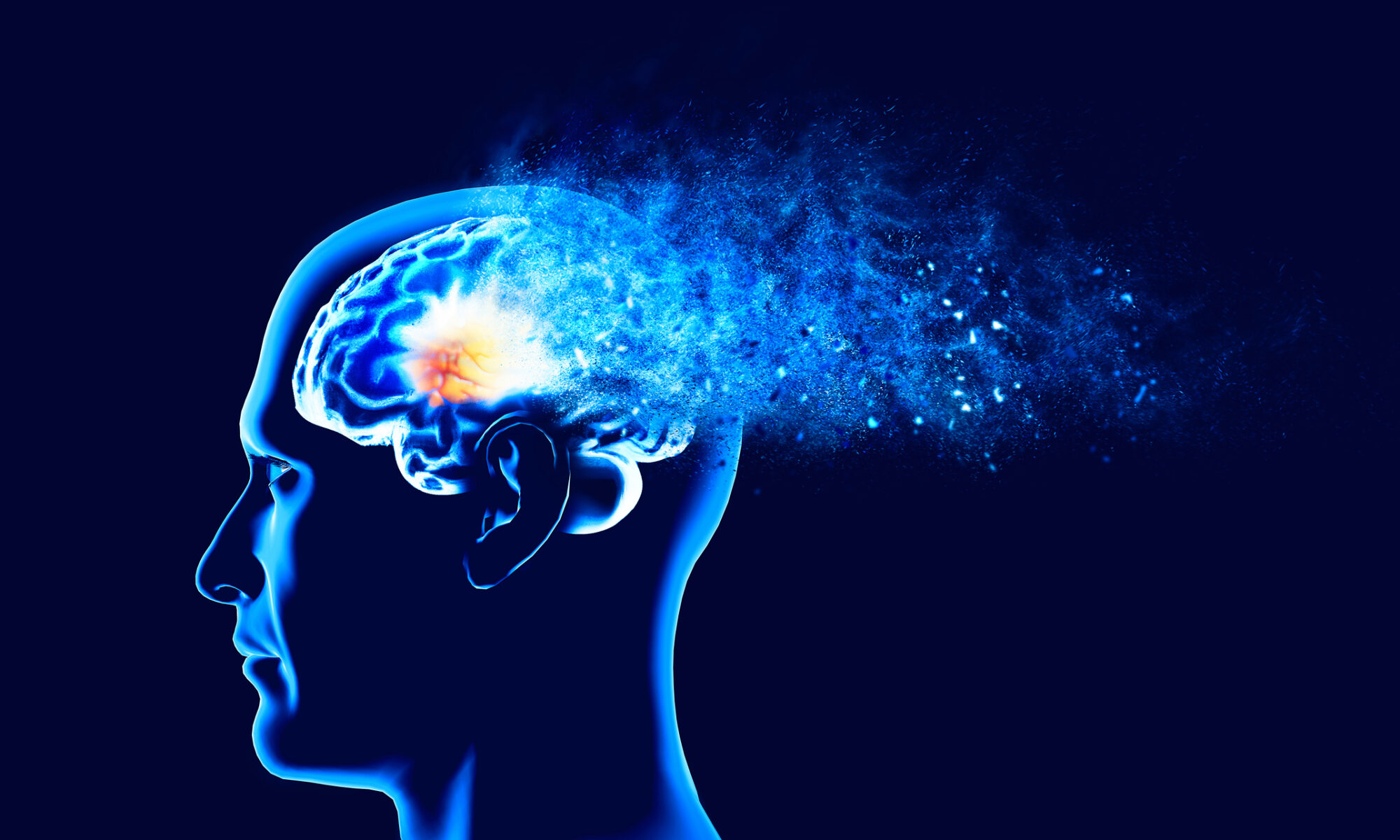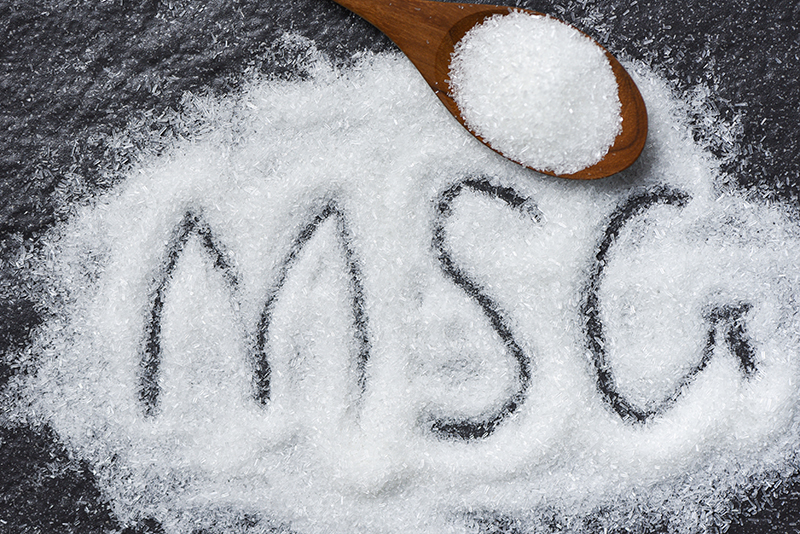The concept of excitotoxic free glutamate is difficult to understand, but essential to our well-being.
Glutamate is a Jekyll and Hyde amino acid — on one hand a building block of protein and neurotransmitter essential to life itself. But when consumed in excess, in quantities greater than needed for normal body function, it becomes a brain-damaging excitotoxin firing repeatedly until its targeted glutamate receptors die.
Understanding excitotoxic — brain damaging — free glutamate is not easy. But until we recognize the role that glutamate plays not only in obesity and infertility, but in autism, macular degeneration, Alzheimer’s, Parkinson’s, multiple sclerosis (all abnormalities of the central nervous system), there will be no way to avoid the damage that it does, and there will be no antidote. Adding to the challenge is the role that industry plays in suppressing information on the dangers of manufactured free glutamate while disseminating disinformation about its safety/toxicity.
Neurotransmitters
Concepts that today are commonplace, were unimagined 150-200 years ago. The first amino acid (named asparagine) was discovered in 1806 in France. Sixty years later, glutamate was identified by Karl Ritthausen. Then for years, despite its presence in every part of the body and the prominent role glutamate plays as a building block of protein, it went largely unnoticed by researchers.
In the mid 1950s, the high concentration of free glutamate in the brain had caused scientists to speculate about its role in brain function. There had been claims in the 1940s that it could improve cognitive acuity and raise the IQs of patients with mental impairment. And in the 1950s Hayashi had found that glutamate could cause convulsions and proposed that glutamate might be a central synaptic transmitter.
In 1959, Curtis, Phillis and Watkins demonstrated that glutamate depolarized and excited neurons in the central nervous system, however, various aspects of the action of glutamate seemed to argue strongly against a transmitter function. Neurotransmitters are chemical messengers that carry chemical signals (“messages”) from one neuron (nerve cell) to another brain cell identified as a receptor.
The following major neurotransmitters are frequently discussed in scientific journals: Dopamine, Serotonin, Gamma-aminobutyric acid (GABA), Glutamate (glutamic acid), Norepinephrine, and Acetylcholine. Of these, glutamate is the only excitotoxic neurotransmitter.
Glutamate: an excitotoxic — brain-damaging — neurotransmitter
Over the course of the next ten years, glutamate was confirmed as a brain damaging neurotransmitter.
In 1969, Dr. John Olney actually coined the term “excitotoxin” to describe the brain-damaging actions of glutamic acid. Olney had been using Accent brand monosodium glutamate (MSG) in research as his source of free glutamate because Accent brand MSG (which is 100 percent MSG) was as effective for inflicting brain damage as more expensive pharmaceutical grade L-glutamate.
Olney’s identification of glutamate as an excitotoxic neurotransmitter triggered two initiatives.
The first came from researchers who wanted to understand the science of excitotoxicity. That included study of obesity, behavior disorders, reproductive dysfunction (including infertility), macular degeneration, autism, neurodegenerative diseases and more. And they explored remedies that might be used to ameliorate those conditions.
The second was introduced by a company that produced monosodium glutamate in the United States — a Japanese firm that set out to discredit the work of those who had exposed the fact that monosodium glutamate causes brain damage. In 1968 they launched an initiative to do whatever was necessary to keep the truth about monosodium glutamate’s toxicity from having a negative effect on their profits.
As a courtesy prior to publication, Olney had shared the results of research confirming that MSG causes brain lesions with its producer. In response, glutamate industry researchers produced studies that they claimed were replications of Olney’s work. But their procedures were different enough to guarantee that toxic doses had not been administered, or that all evidence that nerve cells had died would be obscured. Industry-sponsored researchers said they were replicating studies, but did not do so. Instead, discussion was phrased to suggest that studies were “replications,” and the conclusions were based on what was said, not on what was actually done.
By 1980, the evidence for MSG-induced brain damage and subsequent obesity was irrefutable, and glutamate industry interests moved from attempts to refute the work of Olney and others to simply asserting that Olney’s work was invalid because animal studies do not represent the human condition. The U.S. Food and Drug Administration, the agency charged with protecting consumers against impure, unsafe, and fraudulently labeled products, did not comment.
From that point forward, the defense against MSG-induced brain damage turned into a series of propaganda campaigns making the case that MSG did not cause adverse reactions such as numbness of the neck, arms, and back with headache, dizziness, and palpitations — or anything else MSG was accused of causing.
At the heart of this endeavor were a series of seriously flawed studies that each violated the assumptions their statistical analyses were built on. Publication of those studies ceased after Jack and Adrienne Samuels discovered and pointed out to the FDA that placebos used in glutamate-industry studies, each approved by the FDA, all contained excitotoxic aspartic acid known to cause reactions identical to reactions caused by MSG test material. The FDA did not comment.
Science vs. special interests
The science is clear:
- Free glutamate is a neurotransmitter.
- When consumed in excess, in quantities greater than needed for normal body function, it becomes an excitotoxic — brain-damaging neurotransmitter, firing repeatedly until its targeted glutamate receptors die.
- Records show that since 1957, there has been sufficient free glutamate available in processed and ultra -processed food to cause it to be excitotoxic.
- Studies of glutamate-induced brain damage, glutamate-induced autism, multiple sclerosis, macular degeneration, Huntington’s disease and more are being recorded daily on PubMed, the publication of the National Library of Medicine.
Suppression of information about glutamate-induced toxicity is less obvious:
Prior to 1957, the first year that virtually unlimited (and therefore potentially brain damaging) amounts of free glutamate were produced for use in food, if there was new information about any amino acid, it was devoured by medical journals and sent in a press release to the media. But since the 1957 explosion in production of free glutamate, information about glutamic acid has been hidden from public view.
The Citizen Petitions filed in January and March of 2021 asking the Commissioner of Food and Drugs to:
- revoke the GRAS status of monosodium glutamate and L-glutamic acid for any use in human food;
- add the names of all ingredients that contain excitotoxic glutamic acid to the Food Code, Annex 4, Table 2b, Added Chemical Hazards at Retail, Along with Their Associated Foods and Control Measure; and,
- replace the FDA webpage: “Questions and Answers on Monosodium Glutamate,” which has been displayed on the FDA website since 2012 with accurate, scientifically correct information about MSG,
have not been answered.
Freedom of Information Act requests asking for copies of studies or other evidence used by the FDA in coming to the conclusion that MSG is “safe” have been ignored.
And legislators who are charged with the oversight of the FDA? They’re not in the majority party or they’re on the wrong committees – or they’re just too busy to see to eliminating brain-damaging amino acids from food.
Despite clear evidence that manufactured free glutamate causes brain damage, and that the people who manufactured it are suppressing that information, unlimited amounts of excitotoxic free glutamate are being used in processed and ultra-processed food, promoting obesity, infertility and behavior dysfunction, autism, macular degeneration, Alzheimer’s, Parkinson’s, multiple sclerosis, and a host of other abnormalities of the central nervous system.
Postscript
In 1957, the major U.S. producer of MSG and the free glutamate contained in it had started producing free glutamate in virtually unlimited amounts — amounts sufficient to cause that free glutamate to become excitotoxic — brain damaging.
Prior to 1957, excitotoxicity had been unknown.
Adrienne Samuels, Ph.D.
April, 2023










